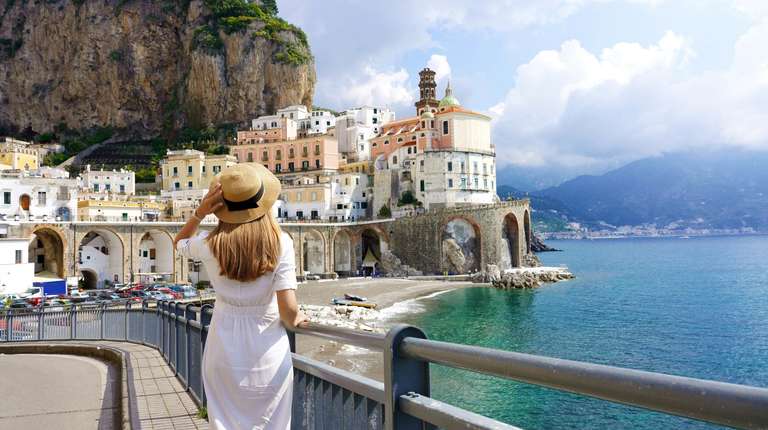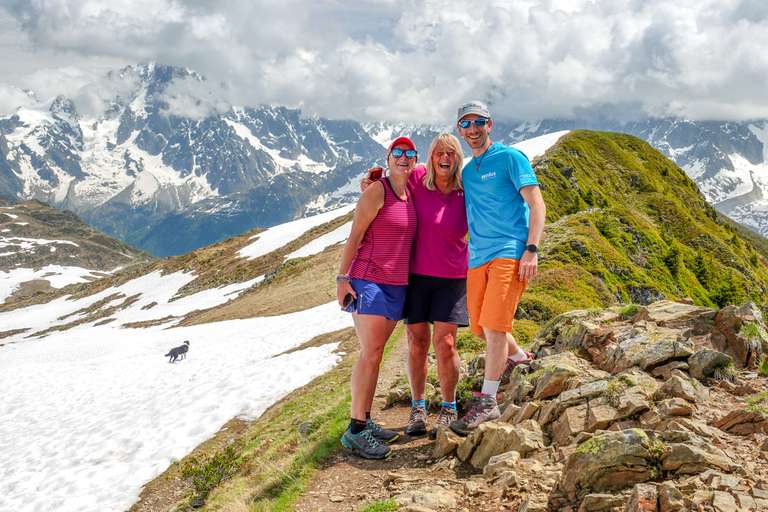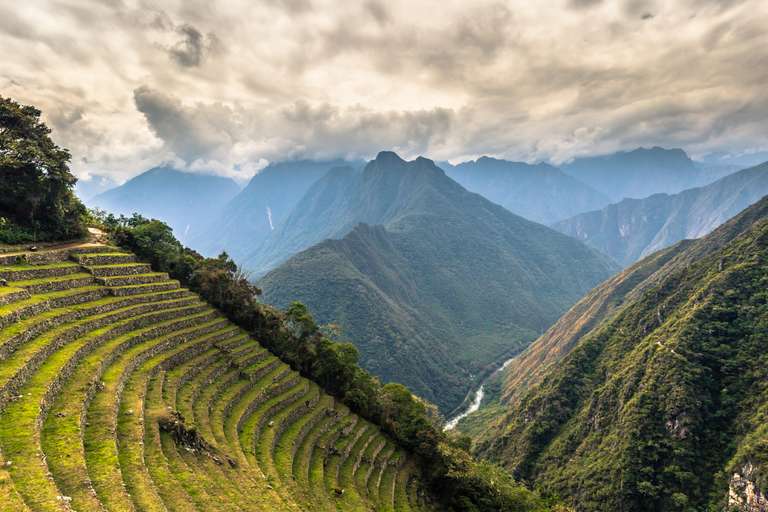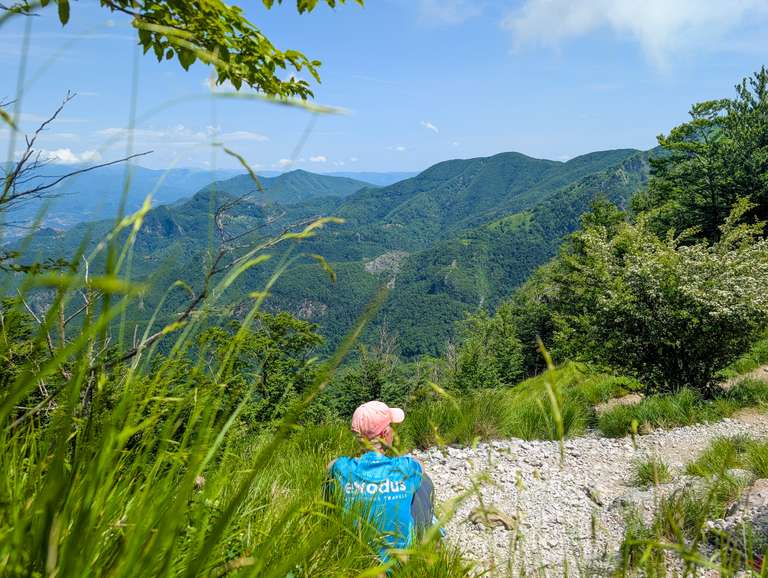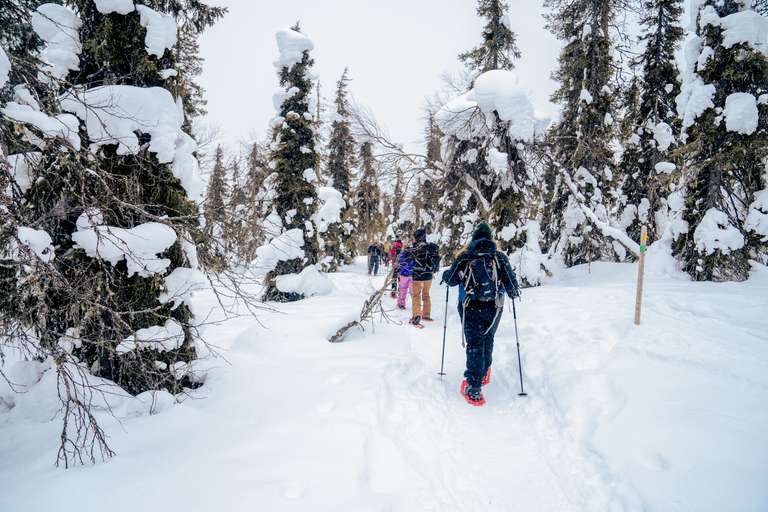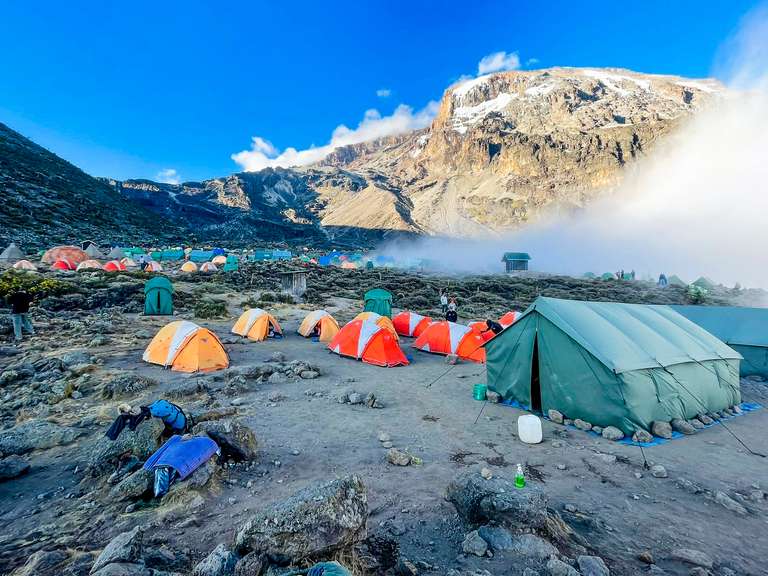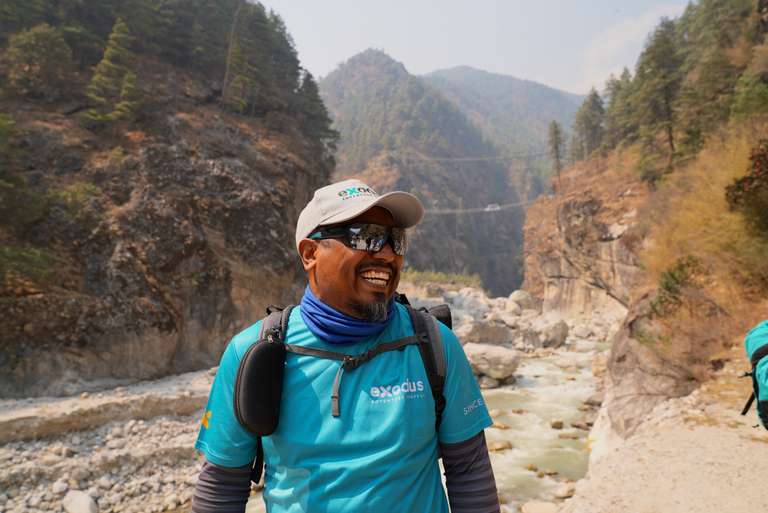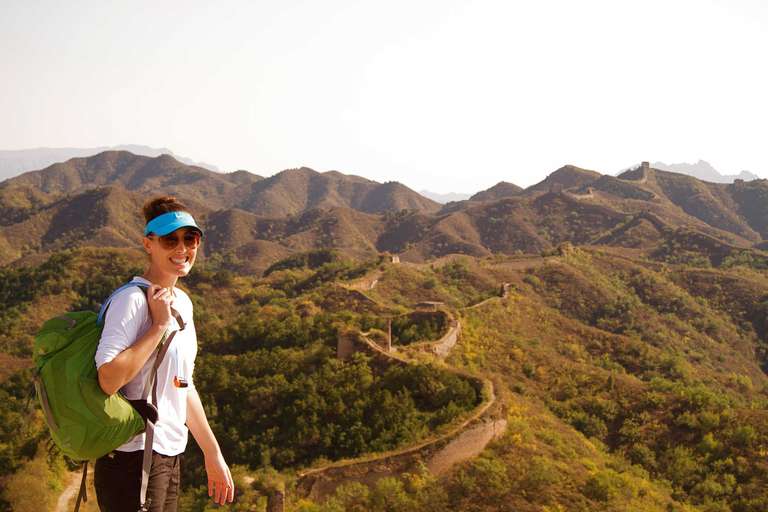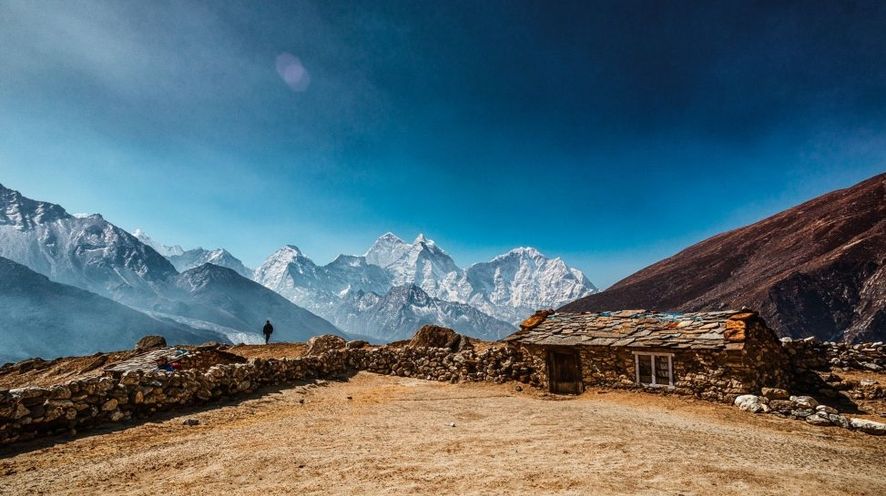Health and Safety while Trekking, Including Altitude Sickness

- Clint Eastwood
- From Hungary
- Clint Eastwood
- From Hungary
- JOSEPH EDWARD REPETTO
- From USA
- Werner Bugeja
- From Malta
Health and safety - before trekking
- Make sure you have proper clothing for all weather conditions. Please be prepared for adverse weather conditions and apply the mantra “Better safe than sorry”.
- Have insurance in place so that the expenses for a helicopter emergency evacuation or other emergency situations are covered if needed. Please bring the insurance details with you.
- The water is generally not clean, not even at high altitudes. Therefore bring water purifying tablets and carbon filters.
- Personal hygiene is essential in order not to get sick. Hand sanitizer or disinfection gel will get you far.
- Always bring your cell phone with you. It may not always catch connection when you're “out there”, but if it can and you need it, you’ll be glad you brought it. An alternative is to bring a satellite telephone (this is not a must though).
- Bring a first aid kit, especially if you are trekking alone. Generally, we highly recommend always bringing a guide while trekking in the Himalayas.
- While trekking may sound cold, during the long days of hiking you may get plenty of sun. Therefore always bring sunscreen, sunglasses and perhaps even a sun hat.
- Bring a torch. Electricity is scarce when “out there”.
- If your trekking route ascends higher than 3,000 m, please read carefully about altitude sickness. More information can be found below.
Health and safety - while trekking
- You will regularly have to pass by mules and yaks while trekking. Always stay on the mountainside while you wait for them to pass and do not get close to any ridges. Mules are yaks that often carry heavy and wide loads so they may accidentally kick you off the mountain if you’re not careful enough.
- Do not drink alcohol. It dehydrates you and thus increases the risk of altitude sickness if above 3,000 m.
- Always trek with a friend or guide.
- While trekking above 3,000 m do not ascend too fast. Generally, it is not recommended to ascend more than 3-500 m per day as doing so will significantly increase the risk of Acute Mountain Sickness (AMS).
- Always carry warm clothes and a rain kit, in case of a sudden change in weather.
- If possible, get some weather information en route so as not to get caught in adverse weather circumstances.
- Exposure to the sun and much walking will quickly dehydrate and de-energize you. Please therefore always have enough water and snacks nearby. Staying hydrated will help to avoid getting altitude sickness.
- Bring a map, compass and potentially a GPS so that you always know your location (these items are mostly relevant in the more remote trekking regions of Nepal).
- Listen to the advice provided by your guide and trekking agency.
Altitude Illness
What is altitude illness?
Altitude illness, also known as altitude sickness is a pathological effect of high altitude on humans, caused by acute exposure to low pressure of oxygen at high altitude. Should it occur it will often be above 8,000 ft and may manifest itself in either AMS – Acute Mountain Sickness, or the more serious conditions HACE and/or HAPE. Altitude illness should always be taken seriously as ignoring it may ultimately lead to death. In most instances, however, listening to the body and taking the necessary preventative measures, as outlined below, will entirely prevent AMS from occurring, or remove it, if it occurred.
How is altitude illness caused?
It is a result of a lack of oxygen. While the atmosphere will always have 21% oxygen the driving pressure decreases the higher we go. At sea level the driving pressure forces sufficient oxygen into the capillaries of our lungs giving saturation of oxygen in the blood and throughout the tissues. However, as we start to ascend an ever decreasing driving pressure also implies an ever decreasing oxygen level, giving less oxygen into the capillaries of our lungs and subsequently less oxygen in our blood and tissues.
Up to an altitude of around 8,000 feet, the driving pressures should be high enough to provide sufficient oxygen levels. When entering the terrain of 8,000 feet and higher pathophysiological changes may start to manifest due to lack of oxygen.
What are altitude illness symptoms?
AMS is the most common of the three altitude illness conditions and is normally the predecessor of the two other and more serious conditions. AMS consists of headache plus any one of the following symptoms in varying degrees:
- Nausea
- Tiredness
- Sleeplessness, or
- Dizziness
- Fatigue
- Social withdrawel
- Swelling extremities
AMS may set in within hours or days having been in altitudes above 8,000 ft. The onset of symptoms is usually gradual and when trekking it is therefore important to continuously be watching out for early warnings such as excessive tiredness or headaches.
High Altitude Cerebral Edema (HACE) is a more serious condition probably caused by shifts of fluids into the tissues of the brain which causes swelling within the confines of the skull. The result is a higher skull pressure that may lead to lethargy and eventually coma. The symptoms of HACE are an extension to those of AMS
- from being weak or fatigued, there is progression to lethargy and then to coma, and/or
- there may be confusion and disorientation (in which case a test should be made to see whether the person can walk straight, following a line)
Anybody believed to have symptoms of HACE should immediately descend with assistance from others. This situation is serious enough to justify helicopter evacuation as if HACE is progressing to much it may ultimately lead to death.
High Altitude Pulmonary Edema (HAPE) is another serious condition that may either be following AMS or appear independently without any signs of AMS. As a result of low oxygen levels, the pulmonary artery may narrow resulting in exudation of blood near the smaller branches of the lungs. A prolonged exudation may result in blood escaping into the alveoli leading to coughing with watery blood-tinged phlegm. Such exudation of the lung tissue may interfere with the oxygenation causing shortness of breath even at rest. The symptoms of HAPE are:
- Shortness of breath at rest
- Extreme fatigue
- Gurgling respirations
- Dry cough or wet cough with frothy sputum
- If HAPE is left untreated it can progress to respiratory collapse and ultimately to death.
How to prevent altitude illness?
The best way to prevent altitude sickness is to ascend gradually. When above 3,000 m it is not recommended to ascend more than 300-400 m per day. Even if you’ve not ascended more than 300 m but still feel a headache, tiredness, or any other of the above-listed altitude sickness symptoms, always take a rest day to further acclimatize. Moreover, keep on drinking enough water so as to stay hydrated. Proper hydration helps to prevent altitude sickness. Please therefore also always stay away from alcohol when trekking. The general water drinking guideline is to drink 1 liter of water per 1,000 m. To exemplify, if at 4,000 m then 4 liters of water should be consumed per day, if at 5,000 m then 5 liters of water etc.
Another recommended way to prevent altitude sickness is the use of Diamox (Acetazolamide) pills so as to speed up acclimatization. As soon as you ascend more than 3,000 m you can start taking 1 pill per day. Alternatively, only take Diamox pills if starting to feel any of the altitude sickness symptoms.
How to treat altitude illness?
- Always consult a doctor if available.
- In case of mild altitude sickness symptoms, stay at the same altitude, take it easy, get plenty of sleep, drink enough water, and perhaps start to take Diamox pills. In case the altitude symptoms do not get better within 1 day, start to descend. Never let a person suffering from altitude sickness descend alone.
- In case of serious altitude sickness symptoms start to descend immediately. Consider getting a helicopter for emergency evacuation.
- Serious altitude sickness symptoms may be treated with a Gamow bag which is an inflatable high-pressure bag that helps to restore the oxygen level and air pressure.
We hope the above answers any questions you may have about Health and Safety. If not, please provide us with feedback. We will then do our utmost to rectify any information you may feel is missing.

